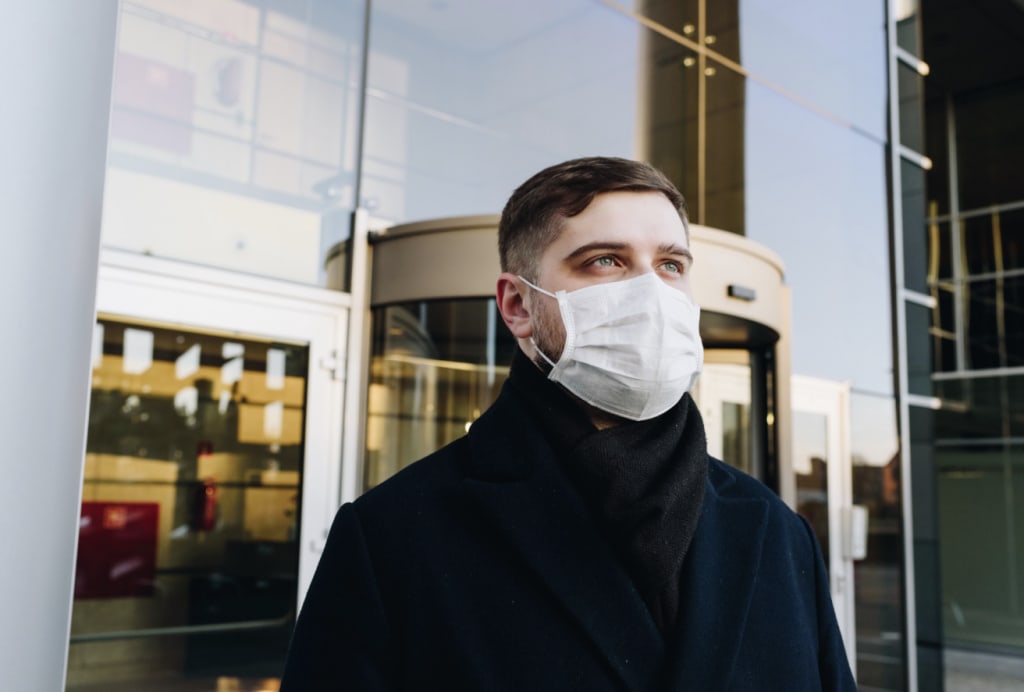We Need to Focus on the Worried Well to Stop Coronavirus
Most patients do not need to go to the Emergency Room

Fever. Chills. Body Aches. Runny nose. Cough. The classic symptoms of a viral illness. They are also symptoms of Coronavirus. When we get sick, our gut instinct is to run to the doctor and seek medical attention. For the majority of those with viral symptoms, this is the wrong thing to do. As the US marches toward hospital surge capacity, we must focus attention on the worried well patient.
Managing the “worried well” patient during Coronavirus may be the single most crucial issue facing our health system.
Who are the worried well?
The “worried well” is a loose term referring to those with mild illnesses who are better off getting care at home. They tend to seek medical treatment at the first signs of symptoms. Primary care and emergency room providers are very familiar with this patient category.
These patients are not hypochondriacs. They often have a valid health problem and feel terrible. Fever, muscle aches, fear, and anxiety trigger their visit to the ER. Testing may verify an illness such as influenza or even Coronavirus. A positive test for Coronavirus does not change the management.
When a non-elderly patient without underlying medical conditions or respiratory distress has a viral illness, the recommendations will be home quarantine. Regardless of the test results, the management will be two weeks home isolation and supportive measures such as fluids, rest, and Tylenol.
When we are sick, we do not always have to go to the doctor. Sometimes, Grandma’s recipe for hot tea with honey and two Advil suffice. Covid-19 is a new virus for which humans have no baseline immunity. We do not have a vaccine or effective medication.

Why are the “worried well” a problem?
As testing scales across the country, the number of diagnosed cases will escalate. Many more patients will experience symptoms. Symptomatic patients will be tempted to go to a hospital or urgent care facility for testing. For the vast majority of patients, an ER visit is a wrong move with potentially catastrophic consequences.
Each patient who presents to an ER, urgent care center or physician office exposes other patients and medical providers to the infection. Once exposed, the medical provider is removed from duty and placed on home quarantine. This limits the number of available providers to treat others. We need as many doctors, nurses and hospital staff to care for those in need as possible.
Hospitals must continue to provide care to everyone. Heart attacks, strokes, hip fractures will not stop happening. Pregnant women will go into labor. Kidney stones, gallbladder attacks, and appendicitis will occur.
Hospitals must have resources to care for these patients as well as the 15% of Coronavirus patients who require admission and intensive care treatment. Every ER visit ties up beds, providers, and equipment. When the worried well present to the ER, fewer resources will be available to those in need.

Who needs to go to the ER?
Only those experiencing severe symptoms, such as difficulty breathing, need in-person medical evaluation. Most Coronavirus patients will experience a flu-like illness without respiratory distress. Those with respiratory symptoms should call a healthcare provider for guidance. Telehealth visits may be useful for quick medical advice.
What can I do at home?
The CDC has provided guidance on self-care at home.
1. Stay at home and away from others, including family.
2. Wash your hands with soap and water for at least 20 seconds.
3. Cover your mouth if you cough or sneeze.
4. The sick should wear a mask. The healthy do not need one.
5. Clean surfaces in the home using household cleaning sprays or wipes.
6. Rest.
7. Stay hydrated.
8. Treat fever with Tylenol per the package instructions.
9. Monitor for worsening symptoms and present for evaluation if you experience difficulty breathing
10. Notify your provider before a visit so that precautions can be taken.
Protect each other
We must come together as a nation to keep each other safe. We all must do our part. Follow the CDC guidelines and other reputable news sources. Practice social distancing. Help protect your doctors, nurses, medical assistants, and hospital staff. We need them to care for all of us.
Originally published in Being Well on Medium.
About the Creator
Jeff Livingston
Dr. Jeff Livingston is an Obgyn, husband, father, and entrepreneur. Writing about women’s health, parenting, and self-improvement. CEO of Macarthur Medical Center.
Connect on Twitter @jefflivingMD






Comments
There are no comments for this story
Be the first to respond and start the conversation.